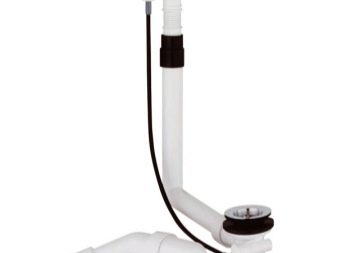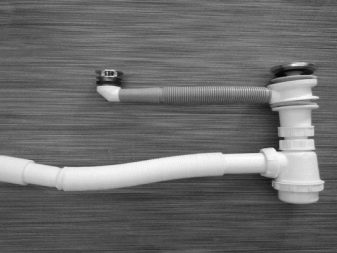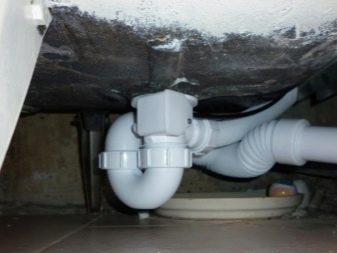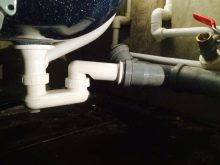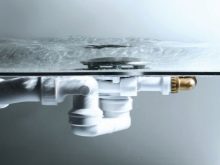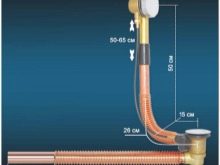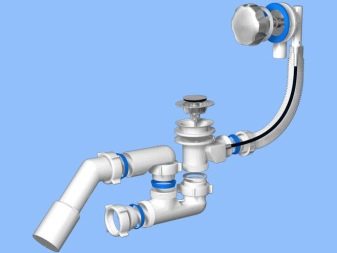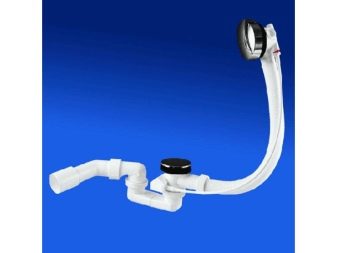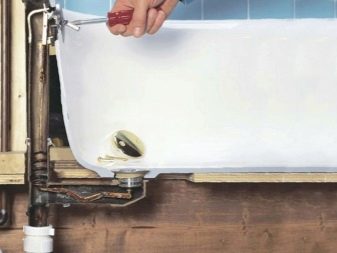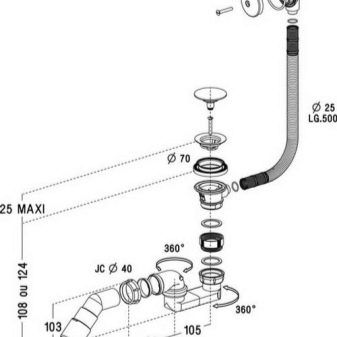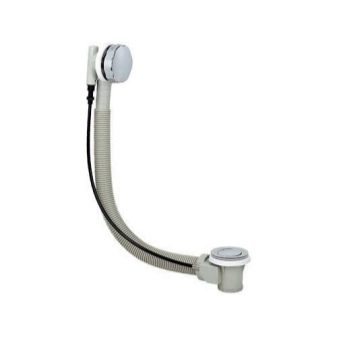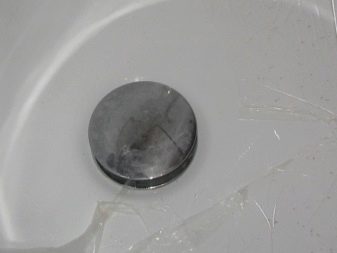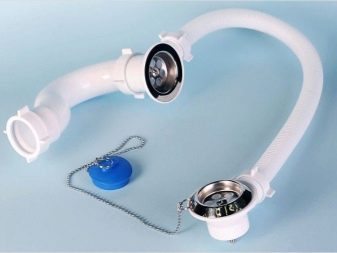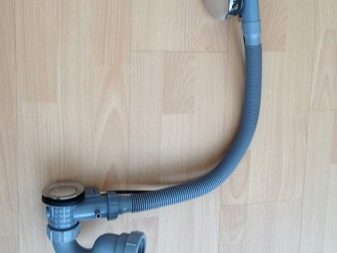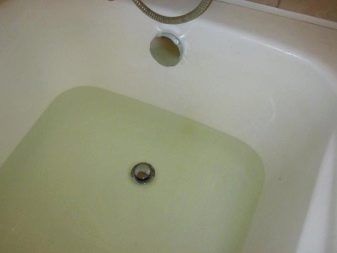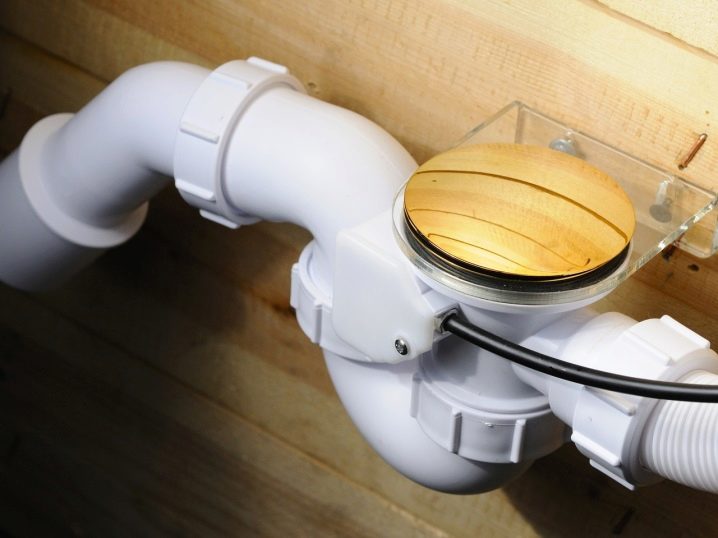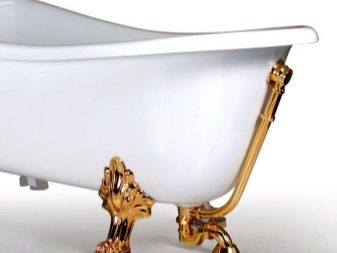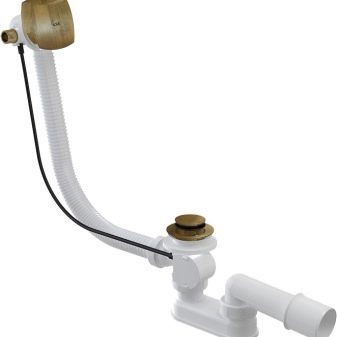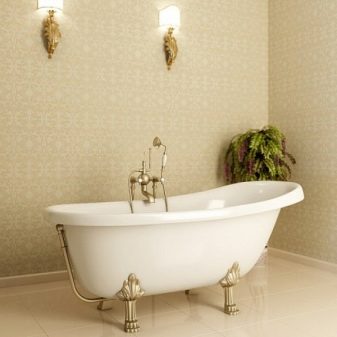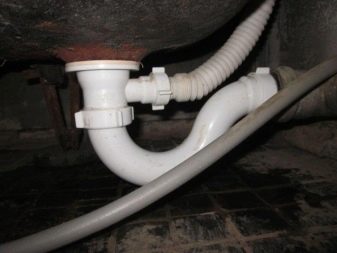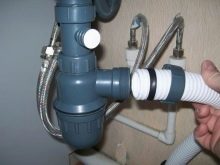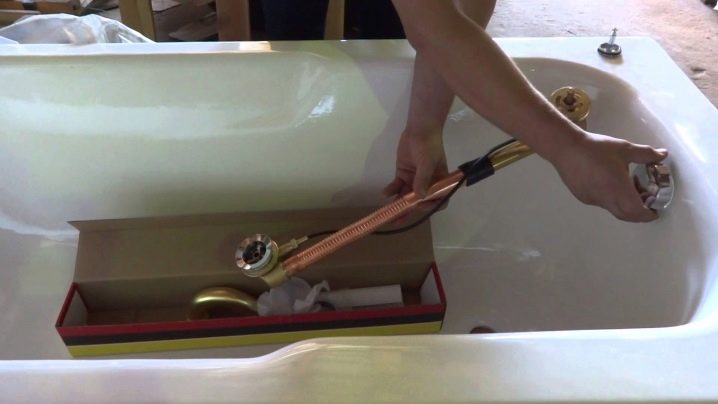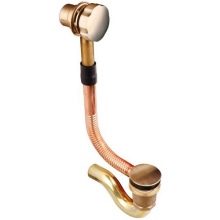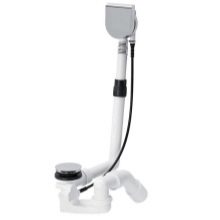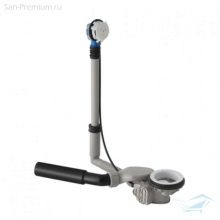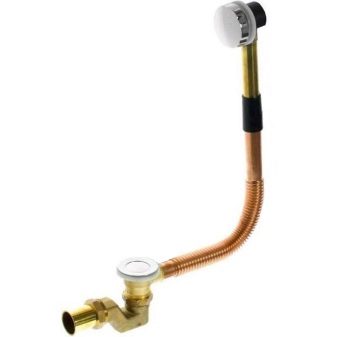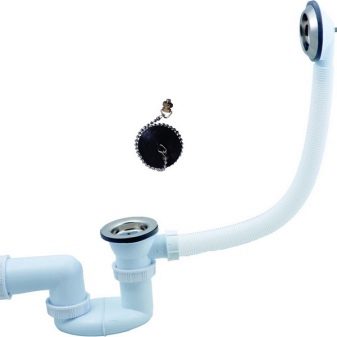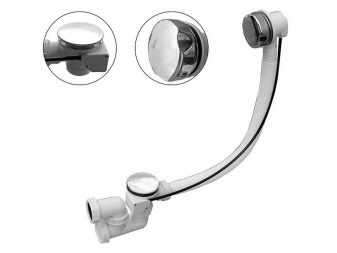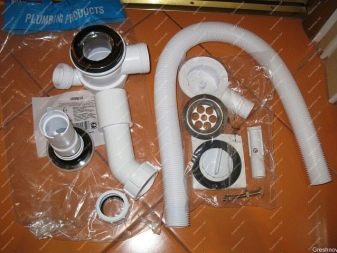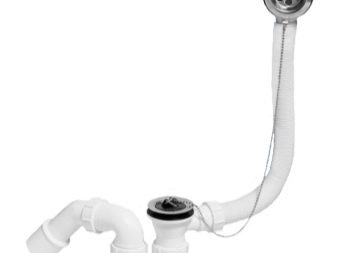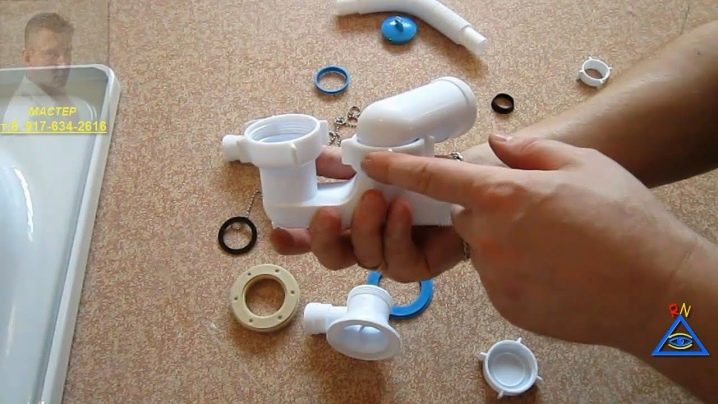How does the automatic drain-overflow system for the bath?
To such a responsible matter, as the choice of a bath, you need to take it with careful preparation, and take into account all the nuances of the upcoming installation. In addition to the bath itself, legs and other parts are purchased for it. Special attention should be paid to the drain-overflow system, which will be discussed in this article.
What it is?
Few of the domestic consumers are unfamiliar with the good old siphon along with the cork on the chain. This, in fact, is the basic design of the drain-overflow system. Now these systems are increasingly being automated, and now there is an opportunity to flush the water without pulling out the cork with his own hand.
Nowadays, many types of similar constructions are sold in plumbing stores. Most often, they are attached immediately bundled with the bath, but it is best to purchase it separately by yourself.
Structural features
The drain-overflow system for a bath is divided into two types according to the type of construction: automatic and semi-automatic.
Siphon machine is quite easy to use. It has a different name - click-klyak and starts by simply clicking on the cork located at the bottom. After that, the drain opens, followed by pressing it closes. The main part of this mechanism is a spring attached to the cork. The whole structure is located so that it is very convenient to flush lying down only by pressing the legs after the bath procedure.
Turning to the subject of the semi-automatic siphon, it is important to note that, unlike the automaton, it is not so susceptible to breakdowns and if problems arise, it is reasonable and timely repair of the mechanism will fix everything. The design of the machine in this case will have to be completely changed to a new one.
Semiautomatic overflow is also manually started. A special swivel head closes the hole on the wall of the bath, and it is also connected to the drain mechanism.They are connected by a cable mechanism, which allows opening the drain mechanism when unscrewing the head on the bath wall. The main disadvantage of these structures is the jamming mechanism.
The main difference between these two designs is in price. Which option is best for you - just a matter of taste and comfort.
The device mechanisms, their advantages and disadvantages
Let us examine the device of each design in more detail. As noted earlier, the good old black cork in the bathroom is able to replace either an automatic siphon, or a semi-automatic drain-overflow or, as it is also called, a bath tie.
If the principle of operation of the siphon of the automaton is quite clear, then the construction of the semi-automatic device is somewhat more complicated. A stopper (swivel head) having a plastic or chrome-plated plastic cover closes the opening in the wall of the bath. Another plug with the same chrome cap is on the drain hole. These two plugs are connected by a cable drive.
The bottom cap is a pin with a hat that closes due to its severity. The lower stopper opens if you turn the top half a turn.The whole structure works thanks to a cable drive, which transmits a pulse.
At its discretion, customers can purchase plastic plugs or chrome-plated plugs for greater strength.
The semi-automatic drain-overflow system has significant drawbacks.which most often consist in breakages of different parts of the mechanism. Over time, the cable with the drive starts to jam, the stopper may fall too deep into the drain hole, sometimes it happens that the pin shortens and its length becomes unsuitable for its further use.
All these minor faults are easily repaired, it will be enough to disassemble the structure and adjust it yourself. Therefore, it is logical to assume that the cable outside will be easier to repair than the cable inside.
The electronically controlled siphon, besides the fact that it will be more expensive than the semi-automatic, will also be difficult to repair. Most often, if it breaks, it will need to be replaced
Another important point - the design with water lock is always preferable to models without it. A hydraulic lock is a special curved pipe section that accumulates water in itself.Water changes every time you use the bathroom. Due to this, unpleasant odors from the sewage system do not pass through the pipe into the bathroom of the living room. As a rule, today almost all models are equipped with a water seal with the release of liquid in the form of a strangely bent pipe.
Whatever your choice may be, you will hardly want to go back to the traffic jam on an elastic band.
Manufacturing materials
Such systems can be made of various materials. As a result, models may have different values and have different characteristics. Most often, manufacturers choose those materials whose processing has been debugged over the centuries, mostly avoiding the use of new technologies. A prime example of this is the manufacture of this plumbing from various metal alloys.
Often used several traditional materials for the manufacture of siphon.
- Brass, bronze. Brass is an alloy of copper and zinc, and bronze is copper and tin. Such models always have a high price, but are of good quality. Brass or copper siphon is used in the design of the bathroom in a special old style.
Such systems are very resistant, are unpretentious in operation, durable, able to withstand high temperatures. If chromium is used for spraying, the design acquires a pleasant metallic color, and its service life is further extended.
Separately, it is worth noting the difference between brass and bronze. The main difference is that bronze can be in contact with water for a long time, but not brass, for this it will need treatment in the form of various sprays.
- The most common option - cast iron (iron alloy with carbon). This alloy has traditionally been used for several centuries for the manufacture of various sanitary equipment. One of the bright advantages of cast iron is its strength, but the disadvantage is its extreme tendency to corrosion.
Despite the fact that various plumbing fixtures are often made from cast iron, the installation of such a bath siphon is a rarity. Such a siphon is usually installed only to the cast-iron bath.
Such structures made of cast iron quickly acquire various sediments, are difficult to clean and cannot be repaired. If such problems occur, they must be replaced.The bulky dimensions of the structure and the small space under the bathroom can complicate this process.
- Plastic. Received wide popularity in the modern market. The production of such models does not cost too much, and, therefore, the price for them is also never overpriced. Differ in corrosion resistance and aggressive chemical compositions in the form of powders, detergents, chlorine bleach.
Of the obvious flaws, there is one significant - it must be replaced regularly, as it becomes thinner over time, thereby becoming unusable.
How to build and install?
Each type of "overflow-overflow" system has its own subtleties of mounting. Here are only general recommendations and tips for installing strapping for a bath yourself.
A small installation manual is as follows:
- choose a siphon of such a construction that when installed, the distance between its base and the floor is 15 cm;
- it is necessary to connect the opening of the tee with the lattice blocking the drain;
- at connection it is necessary to fix the gasket-gasket;
- a siphon is installed by means of a nut to the outlet from the tee;
- a side tube is attached to one of the branches of the tee;
- the end of the siphon is plunged into the sewer;
- each part of the structure is compacted.
At the final stage it is necessary to close the drain hole, fill the bath with water. Then, when water flows through the drain pipe, carefully examine the entire structure for the presence of holes. You can lay a dry cloth or paper on the surface under the system. Drops on it immediately show the result.
As a rule, different designs have their own special requirements for installation, therefore, following the attached instructions, you will be able to correctly install one or another type of siphon.
Manufacturers and reviews
Kaiser (Germany) automatic copper-brass drain-overflow has received wide popularity and high rating. Typically, its price does not exceed 3,000 rubles for one system, and with the purchase is also offered free installation.
Drain-overflow systems from Viega and Geberit firms have proven themselves as products of medium quality and medium price range. Their systems are made of copper, brass or chrome. According to customers, Viega systems are slightly better in quality than Geberit.
Luxury products is a drain-overflow Abelone machine. Production material - copper with various spraying.Such a system can withstand up to 50,000 opening and closing cycles. It is such a pleasure a little more than a semi-automatic 3200-3500 rubles. The model received high marks, but not as popular as semi-automatic.
Frap company specializes in the production of semi-automatic systems. In the range there are budget versions and luxury models. Suitable for those who do not want to spend money on the drain-overflow for a bath. Prices range from 1000 to 3000 rubles.
A distinctive feature of Equation systems, as consumers note, is easy installation. In addition to bathing systems, the company’s range also includes sink systems. Basically, the material used to make models is plastic.
But the reviews about McAlpine are mostly negative. Users note an unpleasant smell, that is, the lack of a water seal and a short service life.
When choosing a drain-overflow system for a bath, firstly, we must remember that it should always be bought separately from the bathtub, and, secondly, you should take seriously the choice of models. It is best to pre-select a model, and then look for an opportunity to purchase it.
In the video below you will see the installation of a bath drain set.

